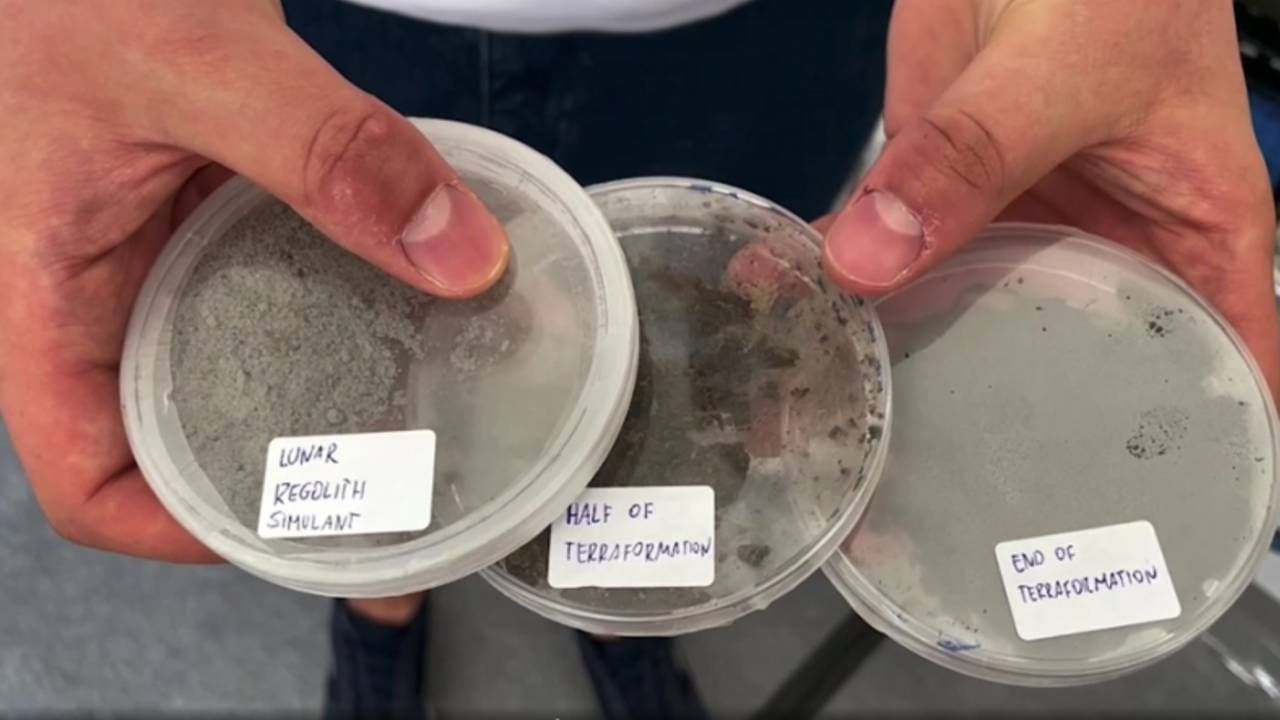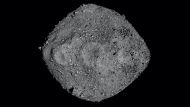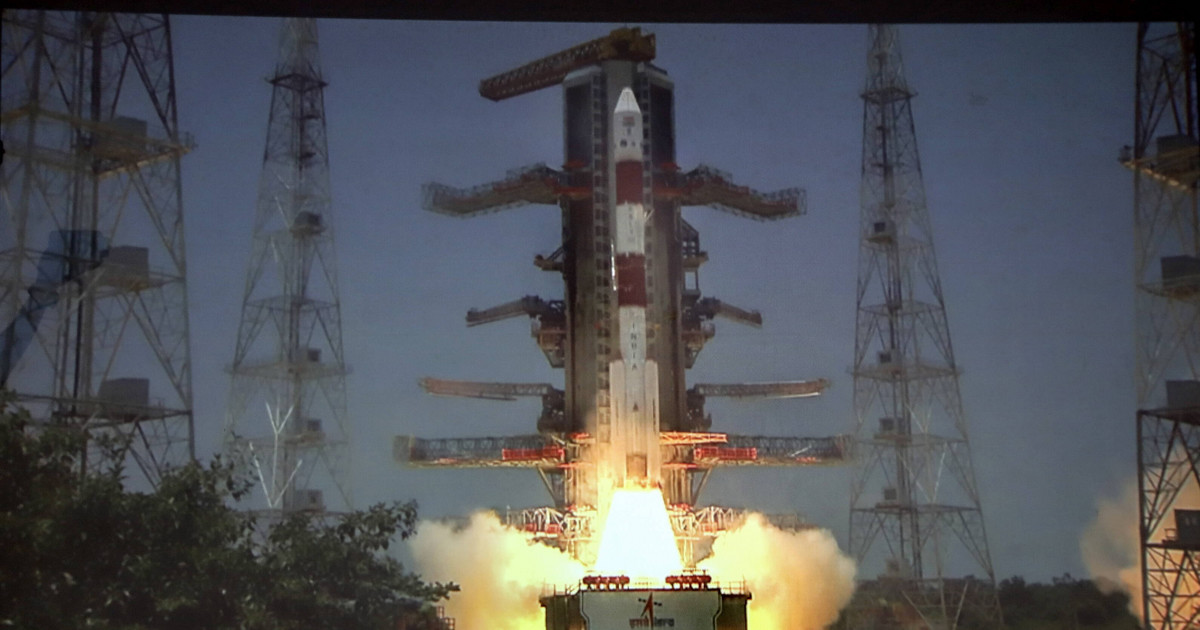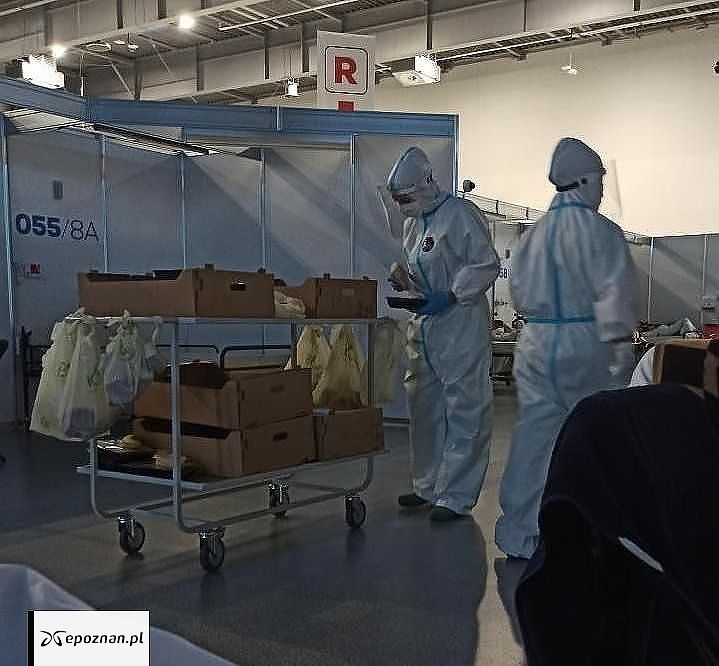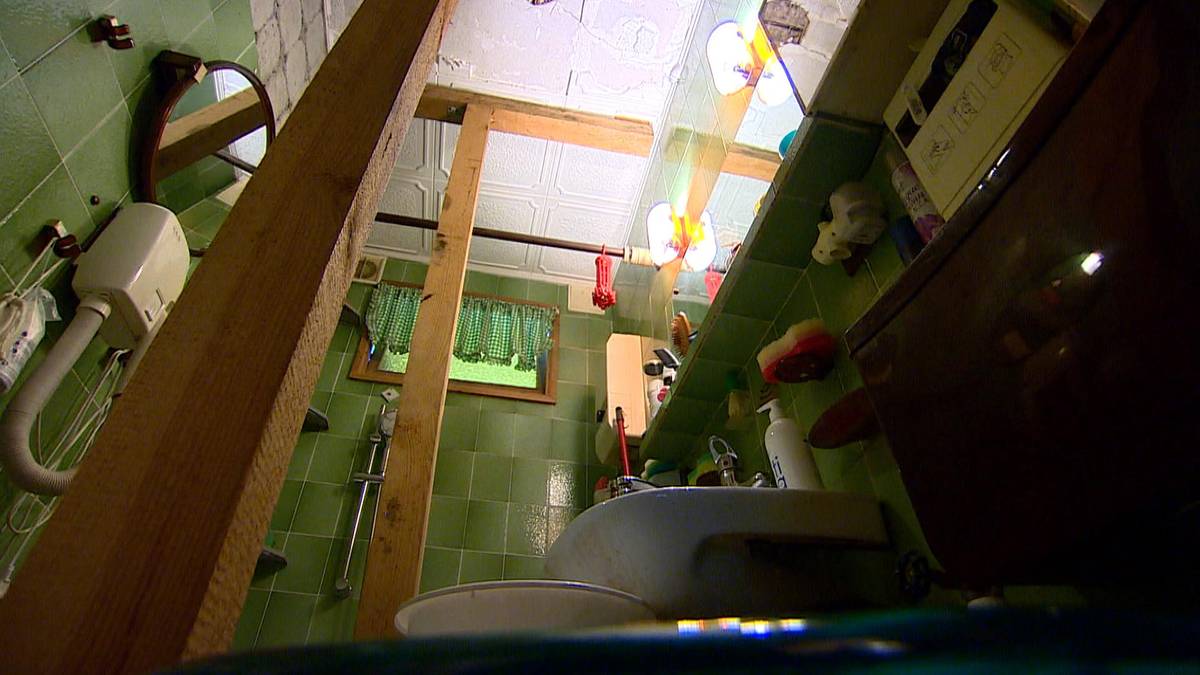Young scientists from Warsaw University of Technology have grown plants in conditions similar to those on the Moon. This is made possible, among other things, through the use of lunar soil simulation in the Plant Breeding Unit and the use of appropriate bacteria in the cosmic farming process.
Scientists monitor the presence of the praying mantis; They ask netizens for pictures
Praying mantis began to appear in cities. Scientists are trying to understand the migration of the praying mantis to an unnatural environment for them. Together with ód County…
see more
The Warsaw University of Technology (PW) reported on the work of the young scientists on its website. Students participated in IGLUNA, a space innovations project that the European Space Agency focused on the idea of space exploration. As the university emphasizes, the IGLUNA 2021 project has given students the opportunity to participate in a joint international project on a visionary space theme. The purpose of the mission was to demonstrate life support technology in the harsh environment of the space habitat and to operate advanced technologies via remote control mode.
As part of the project, student teams from around the world can test their technologies, including roving vehicles and navigation systems. The event took place on the Swiss mountain Pilatus, which turned into a colony cosmic. Young researchers from Warsaw University of Technology tested the operation of their innovative solution – SAMPLE 2 (Semi-Autonomous Modular Factory and Other Life Sustainable Experiment 2).
„After climbing and traveling by rollercoaster to a height of 2,132 metres, the students were able to install the unit on unstable rocky ground.. They can only control it remotely. The organizers planned to send data over the Internet with a delay of 2.5 seconds to reflect the reality of controlling the equipment in space,” the university’s website announced.
After the field phase and unit checks were completed, the experiment turned out to be successful. “The combination of technical solutions with a well-prepared regrowth allowed the plants to germinate, and informs the students – to think seriously about continuing the project” – PW.
SAMPLE 2 is a continuation of the SAMPLE project, which was set up to meet the needs of last year’s IGLUNA campaign. – We are using the same module that was created last year but with a modified version. In addition to heating, we have improved, among other things, the CO2 sensor and the light sensor, which measures the intensity of white light and specific colors. In order for plants to grow, you need the right balance between red, blue and green, said Gabriela Mystkovska, a student coordinating the technical aspects of Sample 2.
Asteroid Bennu will threaten Earth? NASA scientists have already counted everything
NASA researchers used data from the OSIRIS-REx spacecraft to better understand the trajectory of asteroid Bennu. It is an object…
see more
closed ecosystem
The enclosed ecosystem inside each unit is protected from harsh external conditions thanks to the use of thermal and radiation insulation. The energy needed to run the internal functions is provided by solar panels. However, it’s not the technical changes, but the biotech part that is the biggest revolution in modified design.
– We were able to purchase a soil simulator from Off Planet Research lunar. It is the best lunar regolith medium available for commercial use. He only has access to better solutions NASA and other space agencies – said Konrad Osicho, coordinator of the project’s biotechnology department. This specialized product has an almost perfect structure, composition, density and chemical composition, which allows it to operate in “lunar conditions”.
Microorganisms also play an important role in the projectIts job is to help transform the characteristics of the simulator in such a way that the plants that the module is intended for will grow effectively on it.
When searching for the right bacteria, the students had to keep in mind the requirements of the lunar soil – and make sure it was useful in the cosmic farming process. The choice fell on the strain Shewanella oneidensis, obtained by WUT students from the Institute of Biochemistry and Biophysics of the Polish Academy of Sciences. – In practice, it uses all possible organic compounds, including carbon dioxide. It likes a low pH, and also has a very interesting metabolism, which works well with a mineral substrate, can reduce uranium, among other things – list the advantages of Uściło bacteria.
Model 2 also uses the urease-secreting fungus Cryptococcus albidius, which is able to break down urea, which in turn allows to obtain the nitrogen compounds that plants need.

Door
# Warsaw University of Technology
#pw
#This is amazing
#cosmos
#factory
#Soil

Echo Richards embodies a personality that is a delightful contradiction: a humble musicaholic who never brags about her expansive knowledge of both classic and contemporary tunes. Infuriatingly modest, one would never know from a mere conversation how deeply entrenched she is in the world of music. This passion seamlessly translates into her problem-solving skills, with Echo often drawing inspiration from melodies and rhythms. A voracious reader, she dives deep into literature, using stories to influence her own hardcore writing. Her spirited advocacy for alcohol isn’t about mere indulgence, but about celebrating life’s poignant moments.

